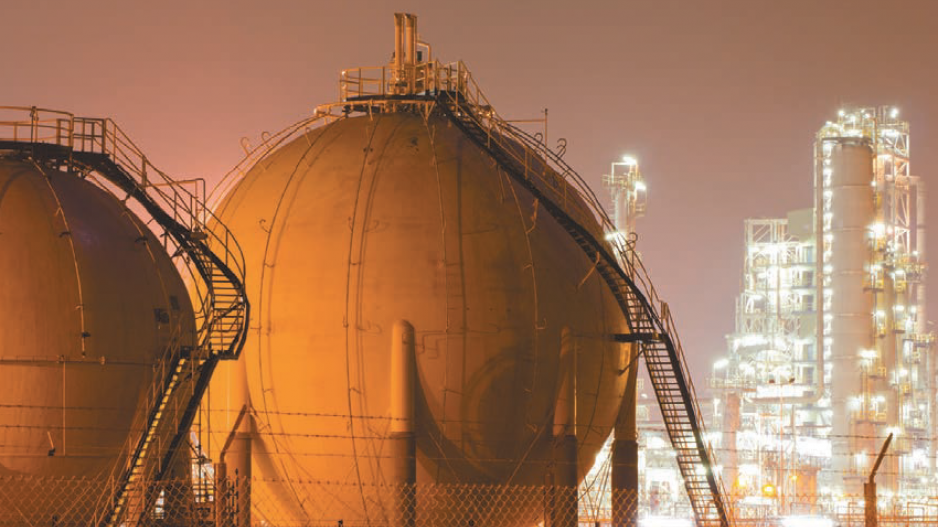This could be a watershed year for the energy sector and the economy in B.C.
It is a year when critical decisions are expected on tens of billions of dollars’ worth of major oil and gas projects, including the Trans Mountain pipeline expansion.
It’s also the year when Shell and Petronas are expected to pull the trigger on final investment decisions on two large liquefied natural gas projects that, combined, would result in an $80 billion investment.
And on the electricity front, construction of the $8.3 billion Site C will begin in earnest.
Combined, the Site C dam, Trans Mountain pipeline and two large LNG projects represent about $90 billion worth of investment in energy over a period of about eight years.
Starting in January, the National Energy Board (NEB) will convene public hearings in Burnaby to hear from interveners in the Trans Mountain pipeline twinning proposal.
The $6.8 billion project proposed by Kinder Morgan Inc. (NYSE:KMI) involves twinning the pipeline, which runs from the Alberta oilsands to Burnaby.
The project would nearly triple the pipeline’s current capacity, with most of the additional oil destined for foreign markets.
The NEB must submit its final recommendations on the project to the governor-in-council by May 20, 2016.
Even more significant for B.C. than the Trans Mountain pipeline would be final investment decisions on LNG projects.
“I think that there’s a possibility, if we can make sure that they’re globally competitive, that we could have one or two in 2016,” said David Keane, president of the BC LNG Alliance. “I’m going to hedge my bet and say the middle of the year.”
Natural Gas Minister Rich Coleman is even more optimistic. He thinks four LNG projects could get the green light in 2016.
“I think it’s possible to see two major, larger plants FIDed in 2016 and two smaller ones,” Coleman said.
Brad Hayes, president of Petrel Robertson Consulting Ltd., is less optimistic.
Companies struggling with low oil and gas prices are re-evaluating major investments, he said, and if B.C. is not considered to be as competitive as some other countries, they may move their money elsewhere.
If any projects go ahead, he said, they will be Petronas’ Pacific NorthWest LNG project in Prince Rupert and Shell’s LNG Canada project in Kitimat.
Those two projects alone would require investments of roughly $80 billion and would create thousands of construction jobs over a five-year build-out period.
“To me, these two are the two most likely ones that would go ahead in B.C.,” Hayes said. “But I don’t think it’s out of the question that Petronas and Shell look at them and say, ‘OK, well, they’re not the ones that top the list for us to invest in on a worldwide basis, so we’re not going to do that.’
“Every one of these companies has a competition within their project base worldwide and they choose the ones that make most sense to them.”
Keane said his members are concerned about the tax rates in B.C., which is the only jurisdiction where an LNG sector would have to pay both a carbon tax and a special LNG tax.
“I think there are fiscal issues that need to be looked at,” he said.
That’s not going to happen, Coleman said. He pointed out that Petronas agreed to the tax and royalty structure that the province has put in place.
“They’ve done all that competitive analysis,” he said. “Their numbers work with Canada, and they’re comfortable with it.”
Without at least one LNG project moving forward, northeastern B.C. would be stuck with a lot of new wells and processing plants that would be producing gas at prices that might not justify the investments being made.
Drilling and exploration has fallen off dramatically in the region. In 2015, natural gas land sales fell to their lowest in 33 years, according to Pipeline News North. Land sales amounted to just $18 million in 2015, compared with $382 million in 2014. Low oil and gas prices have forced oil and gas companies to throttle back on new exploration.
While gas well drilling activity has slowed, companies continue to build new gas processing infrastructure.
Construction has already begun on the new $860 million Sunrise gas processing plant near Dawson Creek, and construction is expected to start in 2016 on a $715-million gas plant near Fort St. John.
Both are being built by the Cutbank Ridge Partnership, comprising Veresen Inc. (TSX:VSN), Encana Corp. (TSX:ECA) and a subsidiary of Mitsubishi Corp.
The biggest uncertainty right now for the oil and gas sector is how long oil prices will stay as low as they are now.
As Hayes pointed out, it doesn’t take much for oil prices to bounce. Civil conflict in Middle East oil-producing countries like Saudi Arabia or a hurricane that shuts down refineries in the Gulf of Mexico can be all it takes for oil prices to spike.
“The surplus capacity [of oil] in the world compared to the demand is pretty small,” Hayes said. “You don’t need to knock much production off stream to change the equation right away. We’re one unforeseen event away from something being quite different.” •




